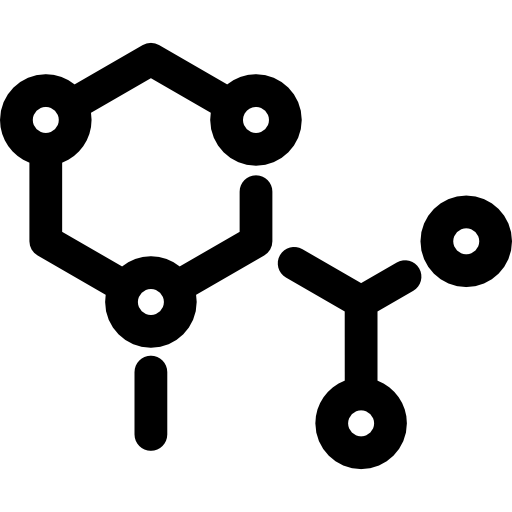Millets have been cultivated for over 5000 years
However, owing to their significant health benefits, millet consumption is back in vogue.
There is an evidence of millet cultivation in the ancient African and Asian civilizations. They were the major grains consumed in Europe during the Middle Ages. Progressively, human consumption of millets was marginalized. Currently, they are consumed parts of Africa and India as a staple.
Millets are a powerhouse of nutrition
Millets are also a significant source of vitamins and minerals and are rich in antioxidants.
Millets are gluten-free – a food of choice for gluten intolerant people. Their low-carb & high-fibre nature ensures no blood sugar spikes, making it a great option for diabetics. The high fibre content works great for gut health.
Vitamins

Helps normal vision, overall growth and Immunity

Supports functions of the nervous system, heart, and brain

Improves cholesterol levels, lowering cardiovascular health risks

Helps brain function, and transportation of oxygen around the body

Important in red blood cell formation and for healthy cell growth

Boosting energy, improving memory, and helping prevent heart disease

Helps forming and maintains bones, cartilage, skin, and blood vessels

Helps maintain healthy skin and eyes, and strengthens the immune system
Minerals

Helps forms bones and teeth and maintain body strength

Iron is needed for the body to produce hemoglobin and myoglobin

Is a mineral essential for healthy muscles, nerves, bones and normal blood sugar levels

Is important for wound healing, sense of taste and smell, Zinc also helps with innate (inborn) immunity

Is needed for the growth, maintenance, and repair of all tissues and cells

May help reduce blood pressure, water retention, and help prevent osteoporosis

Helps the body form connective tissue, bones and blood clotting factors

Helps in regulation of heart rate, blood pressure and absorption of Iron
Antioxidants

Are vital in anti-aging, anti-inflammatory, and anti-proliferative activities

Possess anticancer, antioxidant, anti-inflammatory, and antiviral properties.

Is a mineral essential for healthy muscles, nerves, bones and blood sugar levels

Stimulate growth of good gut bacteria
Health-conscious individuals are actively adopting millets over other grains

Millets are a group of cereals, named so because of their small size.
Millets provide most of the nutritional requirements, including protein and fibre.
A diet rich in millets can have multi-pronged benefits. A high proportion of dietary fibre promotes gut health as well as helps manage blood sugar levels. The nutrients in millets can fulfil daily requirement of multiple micronutrients and antioxidants. Being nutrient-dense, millets make us fuller – minimizing our need for unhealthy snacking.

Millets are planet-friendly crops
Millets grow in arid climates, hence are drought resistant. As they need less water than paddy (rice), wheat or corn, their cultivation saves water. They offer a greater resistance to pests, hence are widely grown as organic (pesticide-free, chemical fertilizer free) crops.
Millets help reduce carbon footprint by conserving resources like water and reducing dependence on fertilizers and pesticides


